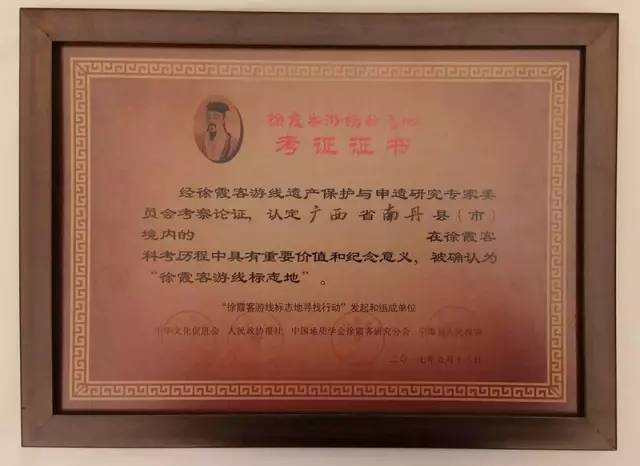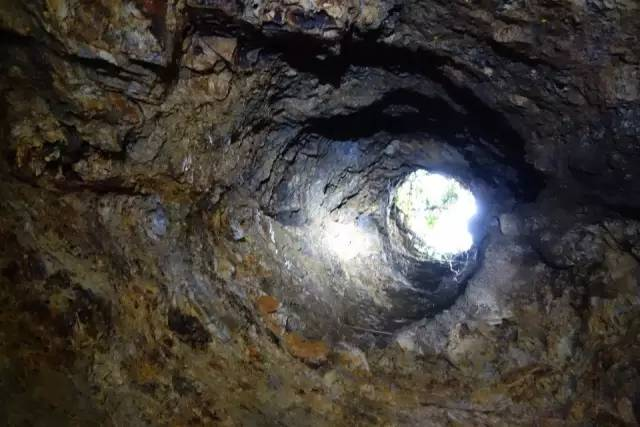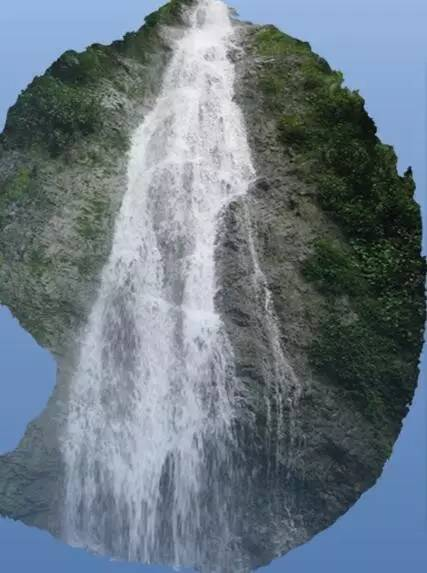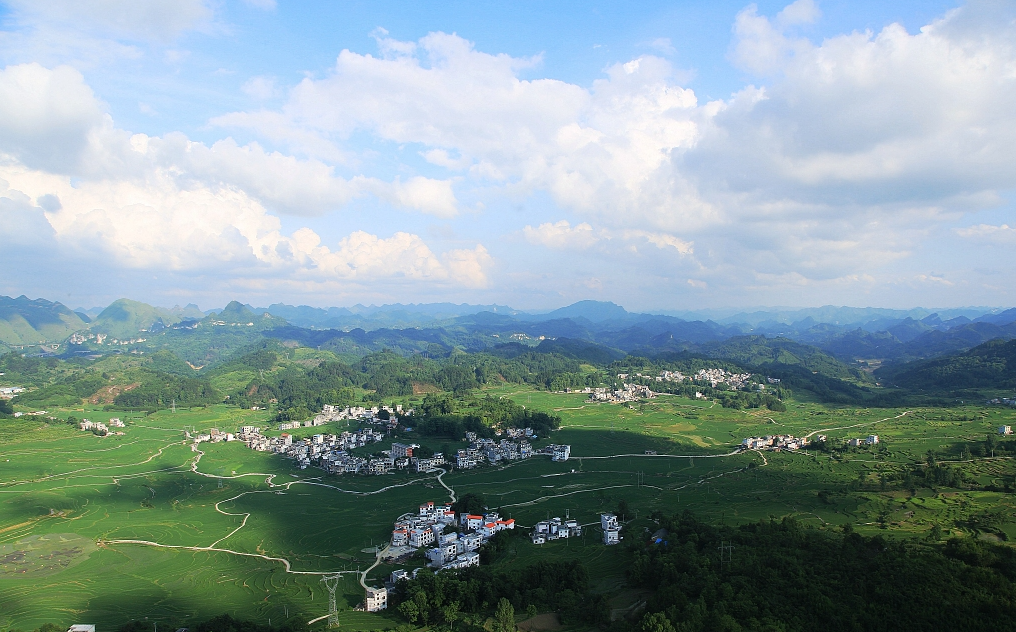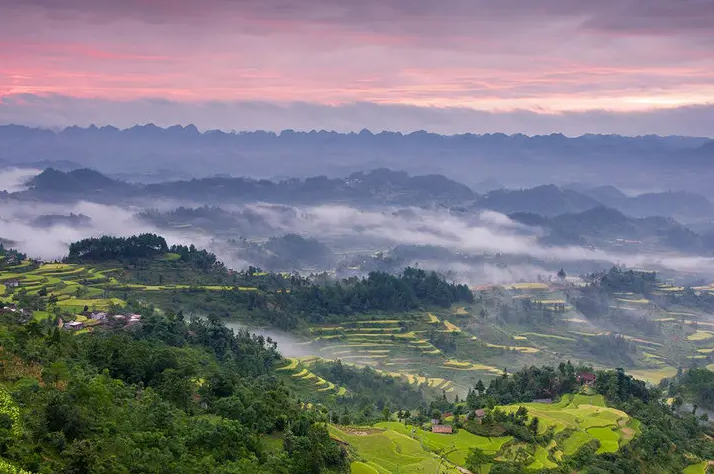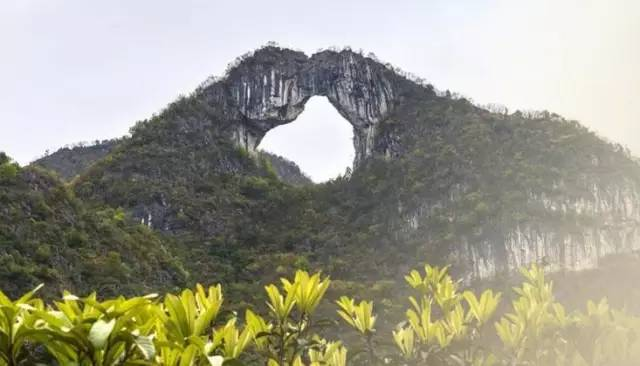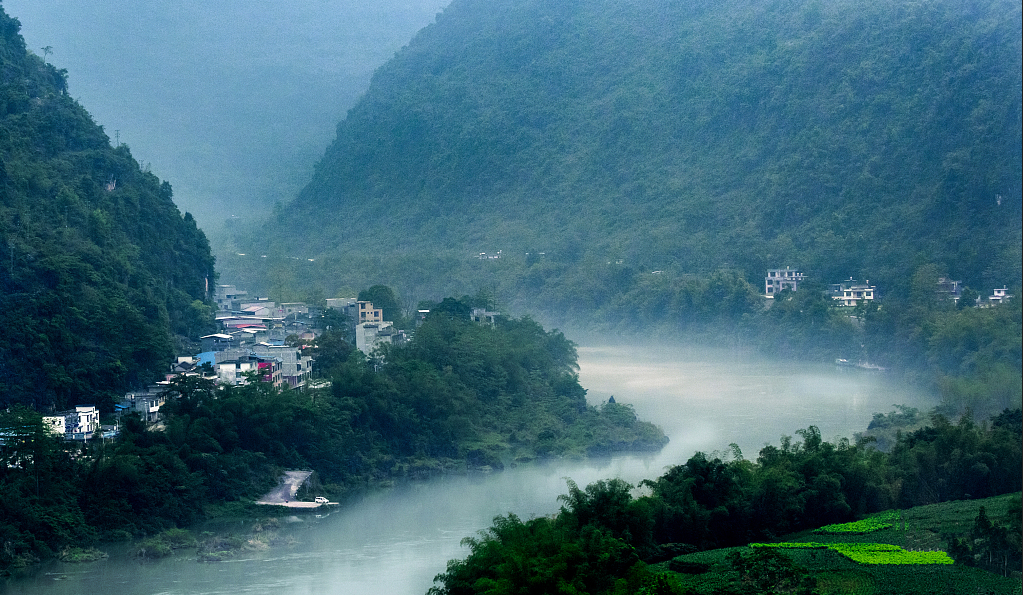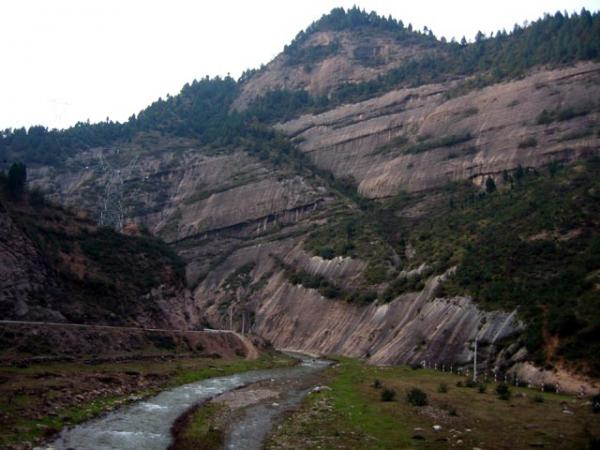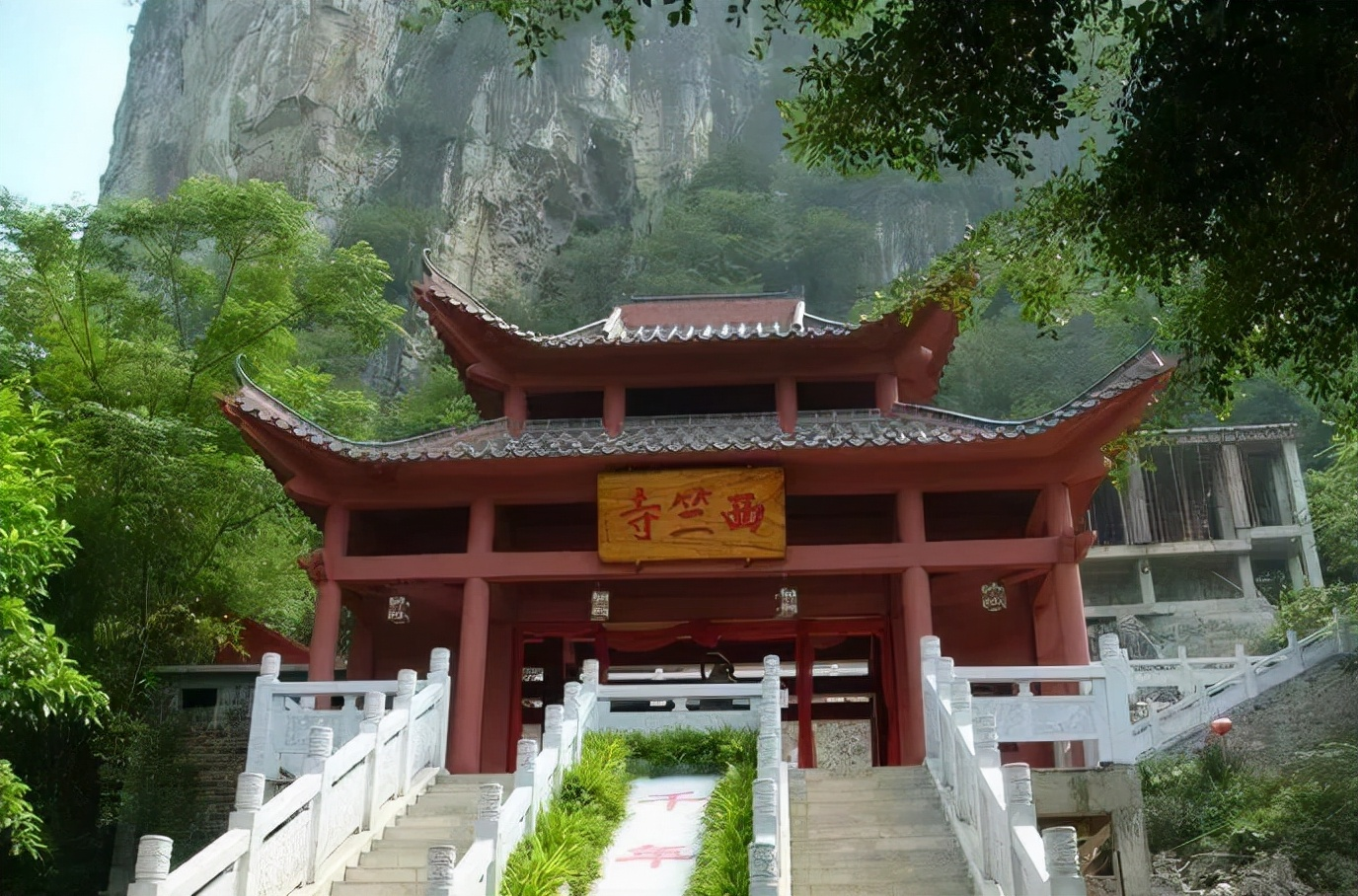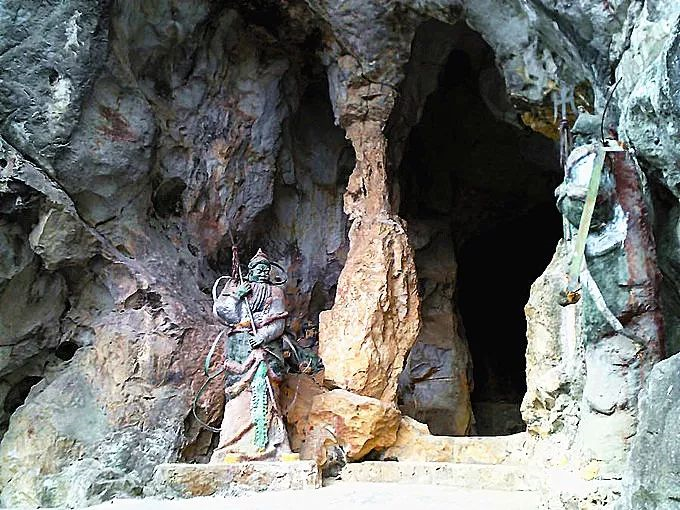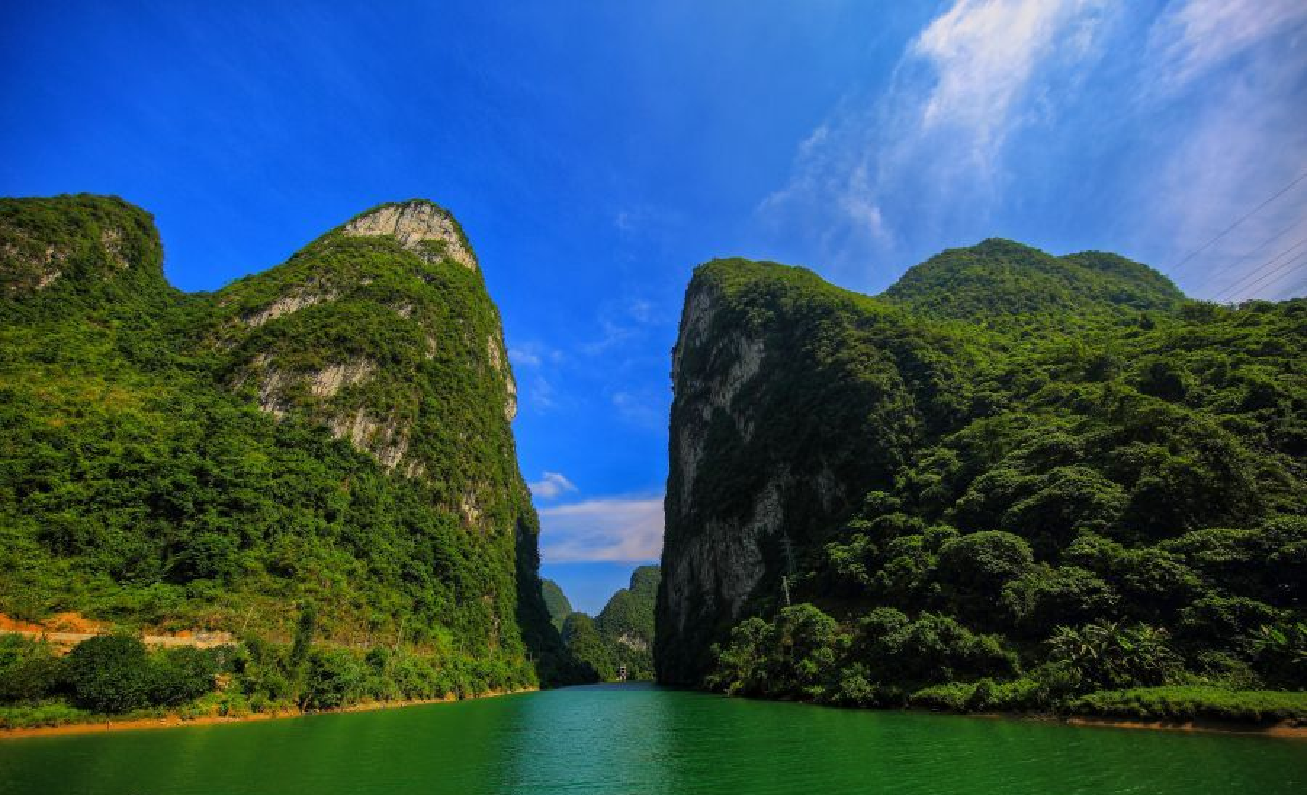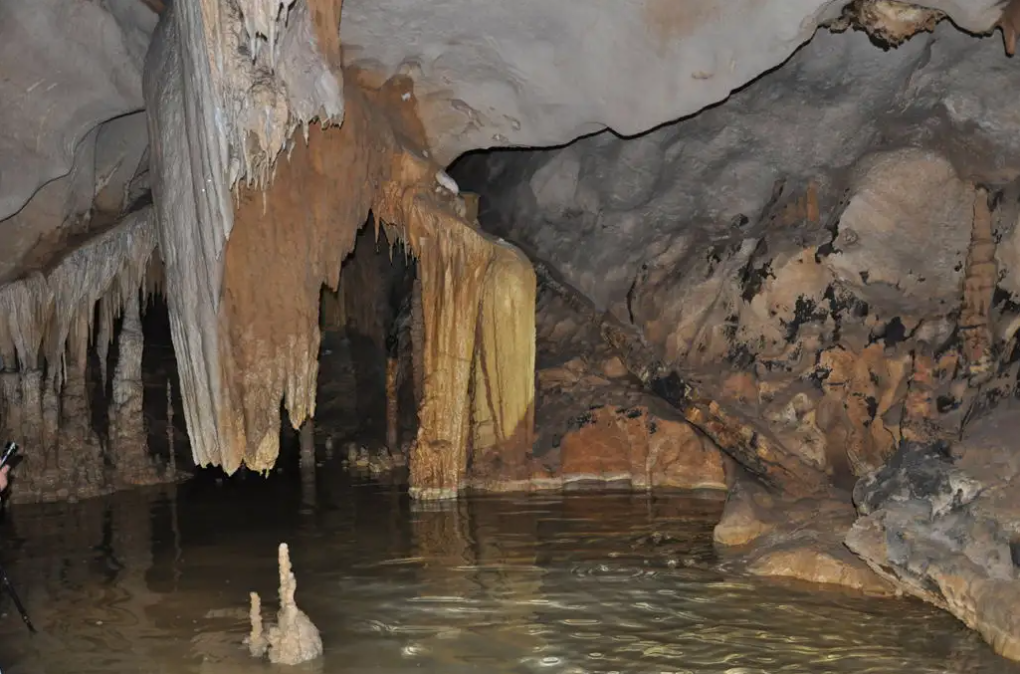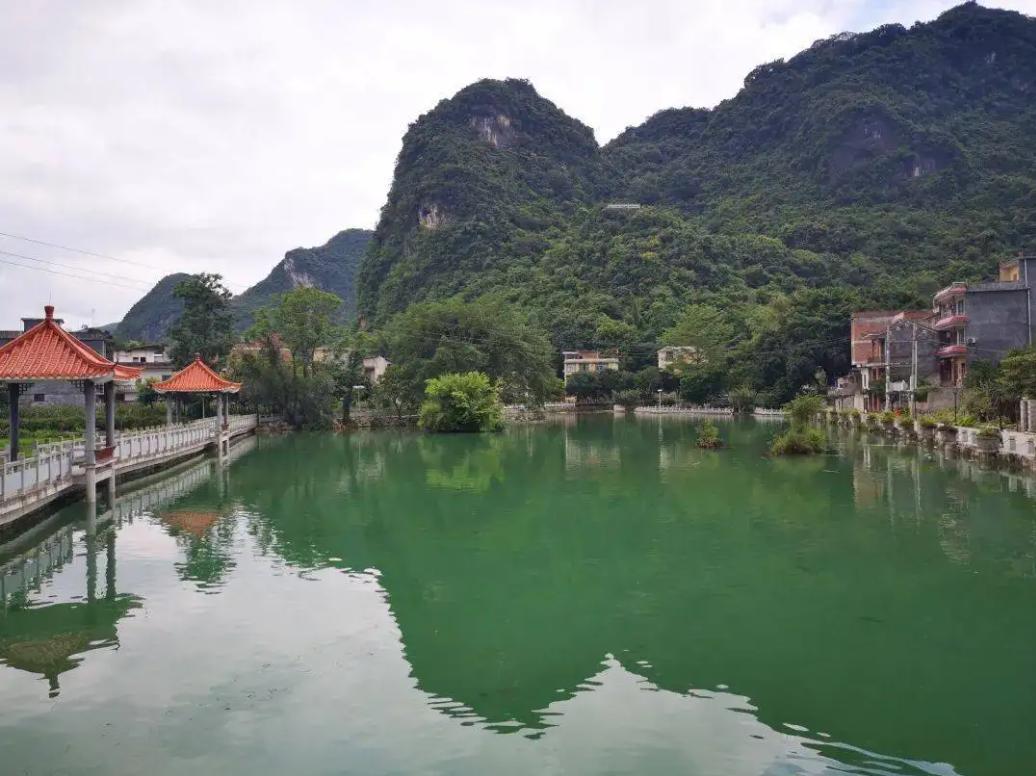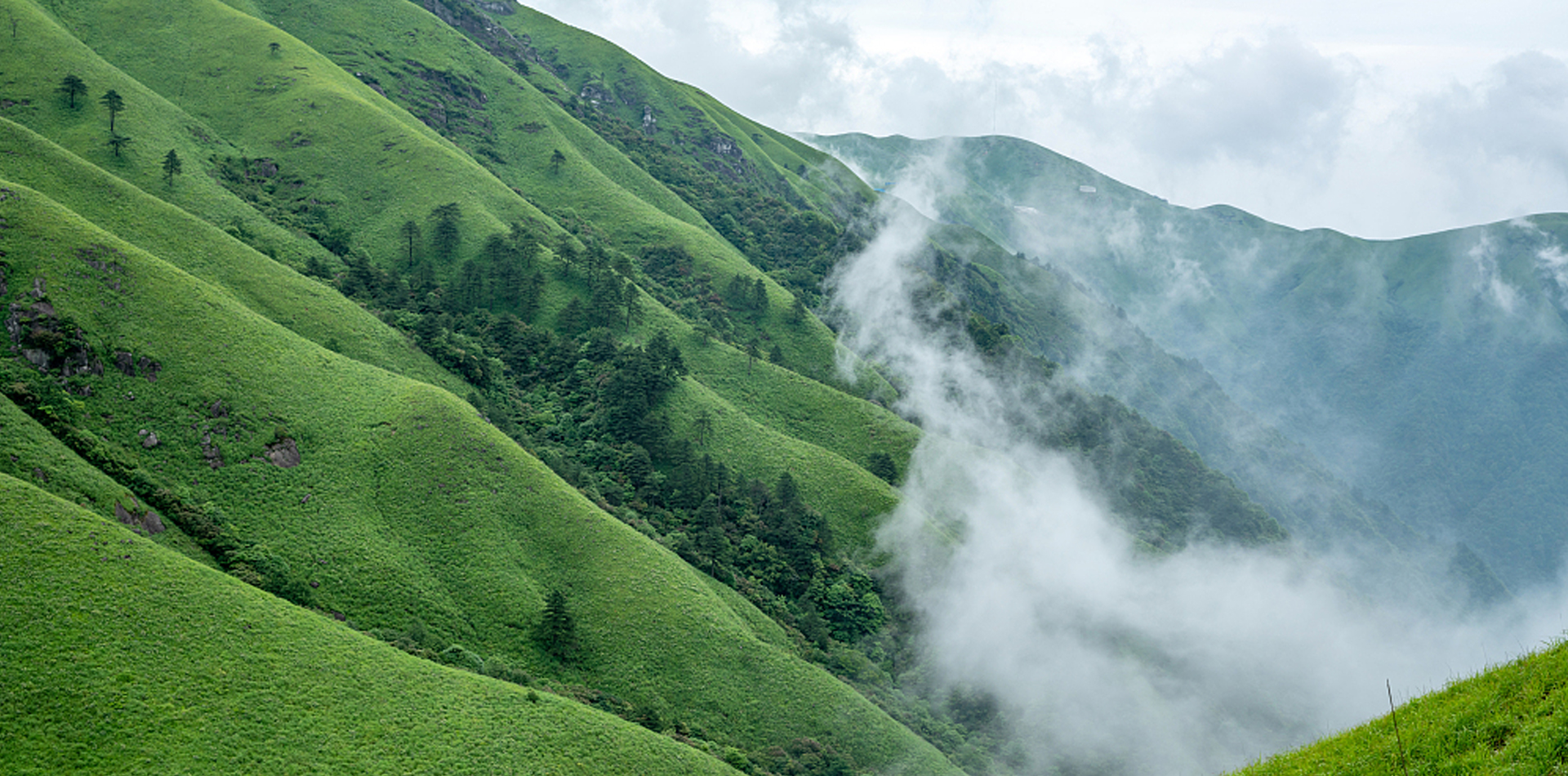
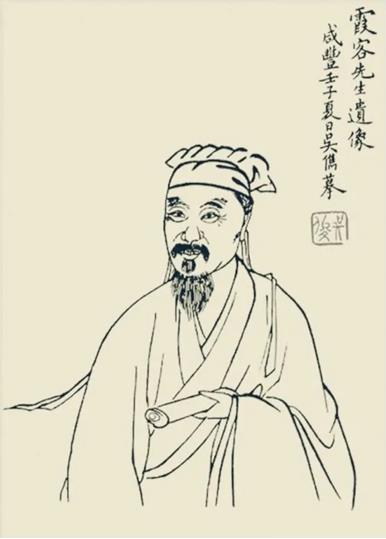
In the summer of the tenth year of Chongzhen of the Ming Dynasty (1637), an old man in his fifties, after 34 years of traveling to the famous mountains and rivers of the motherland, began his journey to the west of Guangdong from Hunan to Guangxi.
The old man was named Xu Hongzu (1587 -- 1641). He was born in Jiangyin, Zhili Province, southern Ming Province. His name was Zhenzhi, and his name was Xiake and his name was Line. Xia guest "sex cool good strange book, guest did not see the book, that is, completely undressed money, also undressed city"; "Less negative its gas", said: "the husband when the blue sea and twilight cang wu". He is a geographer, traveler and writer in Ming Dynasty. He is the author of the famous geographical work Xu Xiake's Travel Notes. He is known as the "strange man through the ages".
Xu Xiake's lifelong ambition is everywhere, and his footprints have covered 21 provinces, municipalities and autonomous regions." "A master goes where no man can go," he goes where no man can go. He travels where he goes, and he writes down the phenomena, the people, the geography, the flora and fauna he observes. For investigation from 30 years of his 600000 - word "xu xiake travel notes", opened on system observation of natural geography, describing the new direction of nature, is not only the system inspects the motherland geomorphic geological geographical classics, and depict Chinese landscape resources of tourist huge piece, or text beautiful literary masterpieces, at home and abroad, has a far-reaching influence. The opening day of Xu Xiake's Travels (May 19) has been designated as China Tourism Day.
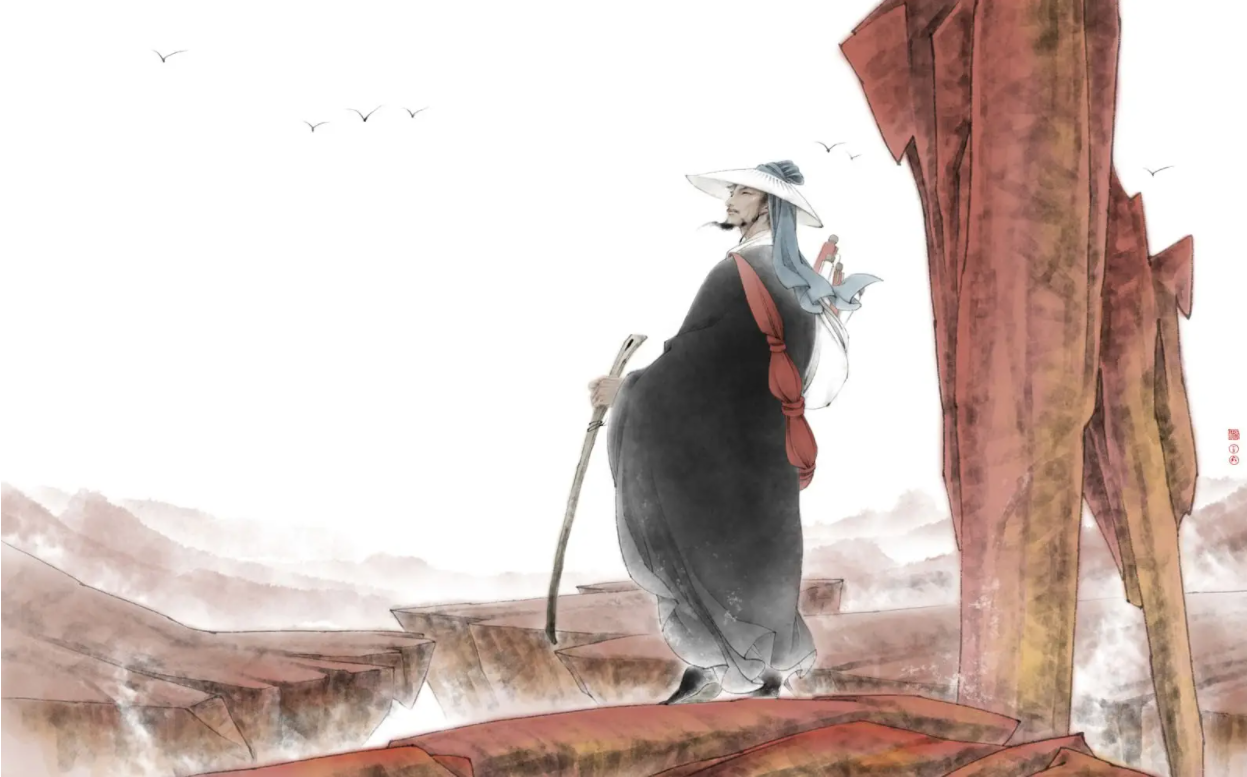
"Xu Xiake's Travel Notes" is the real record of thirty years of field investigation by Chinese ancient geographer Xu Xiake, which is a geographical work of great scientific research value. Xu Xiake visited Guangxi for nearly a year and almost traveled all over the region, leaving a detailed record -- Travel Notes to the West of Guangdong, which covers most of Guangxi, including four parts: northeast, north and southeast, southwest and northwest of Guangxi. The investigation routes are as follows: in the northeast of Guangxi, from Huangshapu in Hunan to the southwest, into Guangxi, through Quanzhou, Xing 'an, to Guilin, along the Li River to Yangshuo, back to Guilin; In the north of Guangxi and southeast of Guangxi, through Yongfu County, Luorong County, to Liuzhou Prefecture, along the Liujiang River to the north, travel to Rong County, and return to Liuzhou City, and then southwest, through Xiangzhou and Wuxuan County, to Xunzhou Prefecture, then to Yulin Prefecture, Beiliu County, Rong County, and return to Xunzhou prefecture, and then southwest, through GUI County, Hengcounty, to Nanning; In the southwest of Guangxi, it left Nanning, went upstream along the Zuojiang River, reached Xinning Prefecture, went southwest, passed Taiping Prefecture, Longying Prefecture, Xialezhou, reached Xiangwuzhou, passed Dujie Prefecture and Long 'an County, and returned to Nanning along the west bank of the Youjiang River; In the northwest area of Guangxi, leave Nanning, pass Kunlun Pass, Pennsylvania, to Sanli, north to cross the Duni River, through Xincheng, to Qingyuan Prefecture, and then to the northwest, to Hechi Prefecture, Nandan prefecture.
Xu Xiake made a detailed record of the geographical and social phenomena in Guangxi more than 400 years ago, which provided a reliable basis for the study of Guangxi's historical geography and also laid a solid foundation for the study of Guangxi's modern geography. At the same time, Xu Xiake's spirit has inspired the growth of geographers from generation to generation and is the spiritual food for geographers today. The Travel Notes of Xu Xiake is the first work in ancient history to describe the geographical and social phenomena of Guangxi in detail, with high accuracy and credibility, which is of great value to the study of modern Guangxi geography.
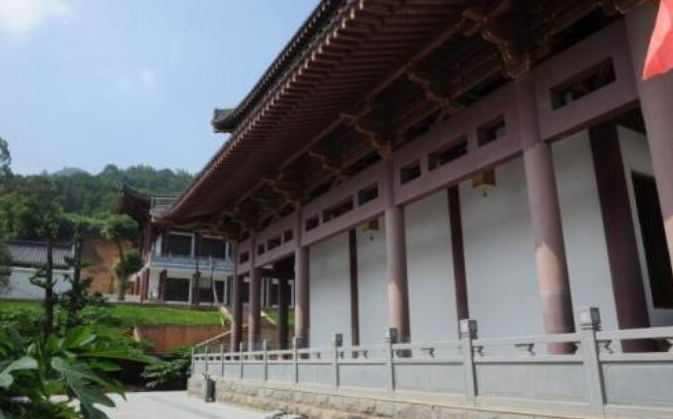

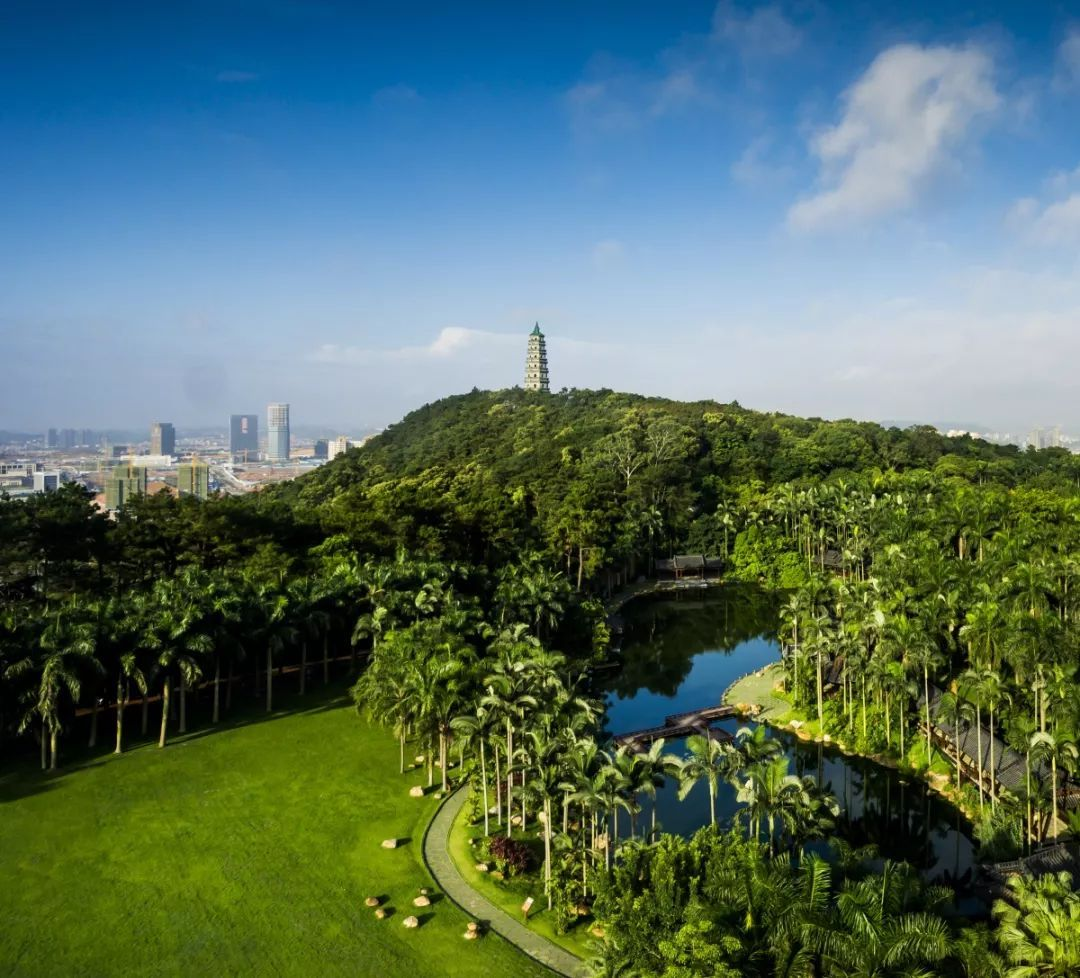

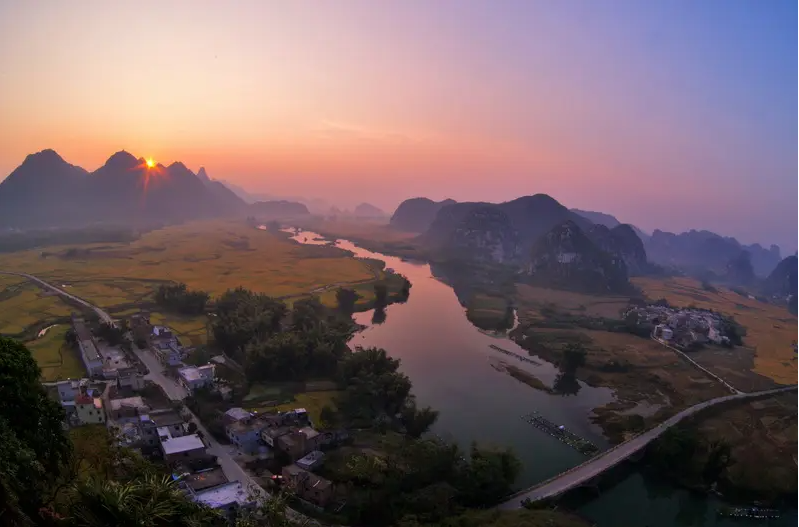
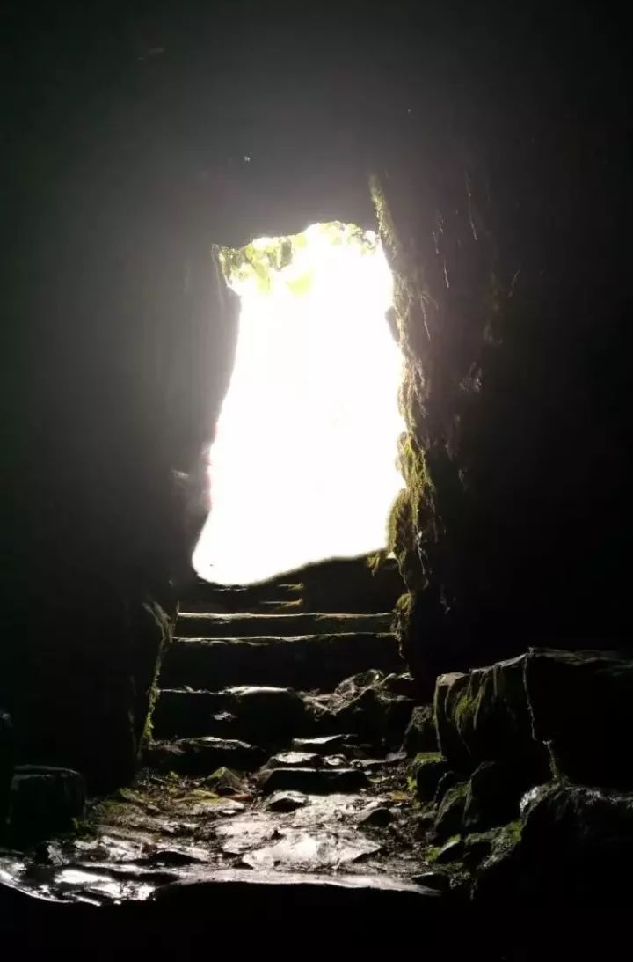
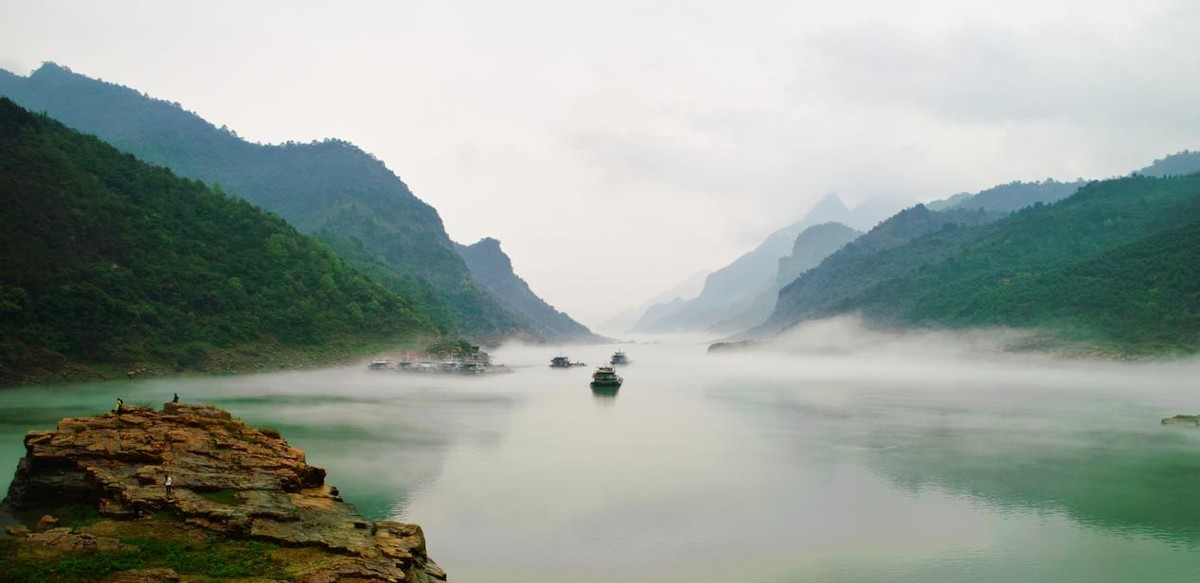
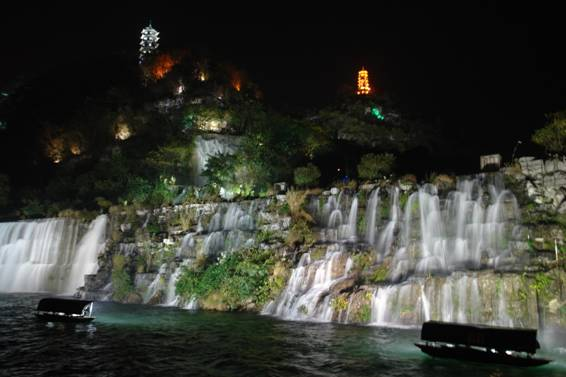

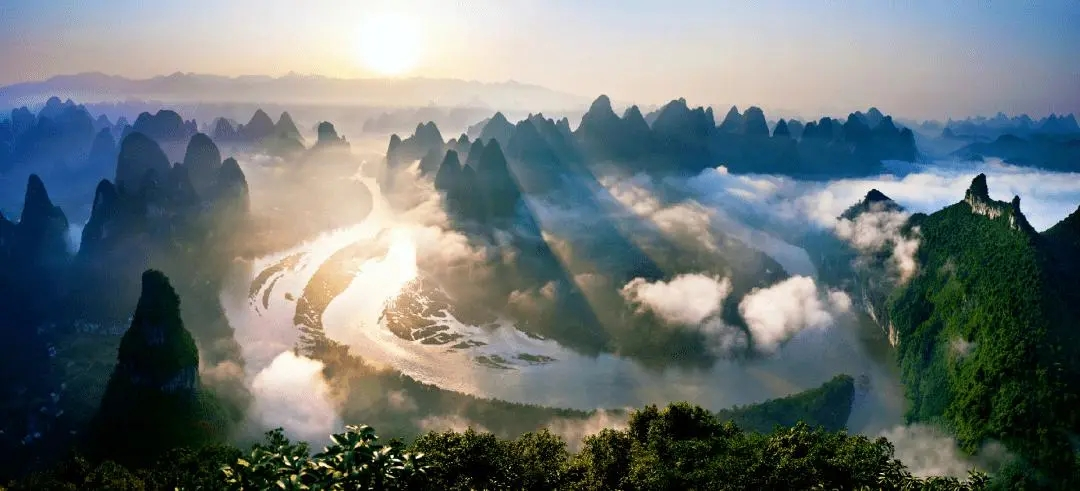
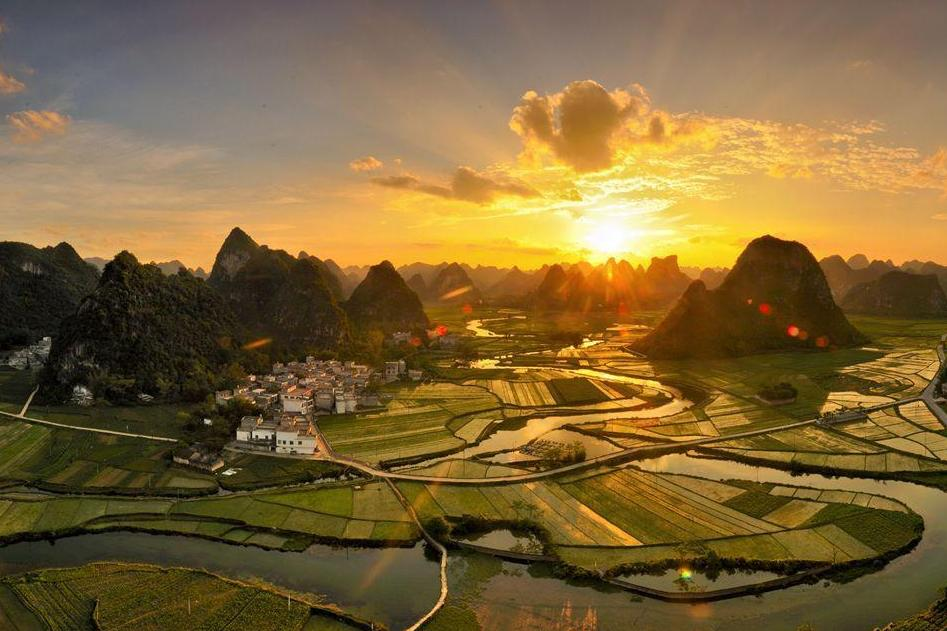
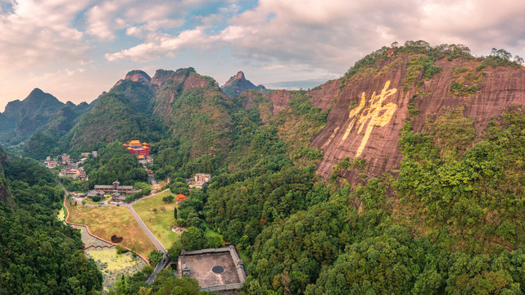

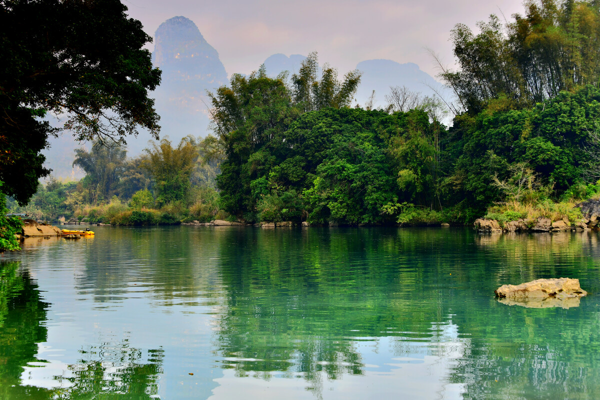

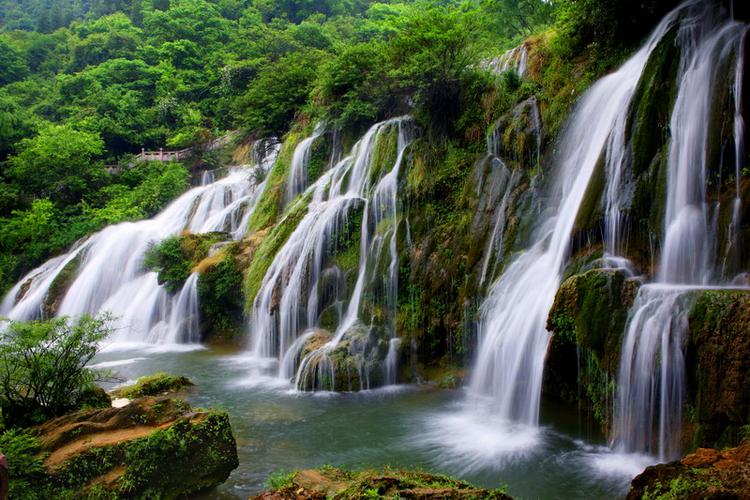
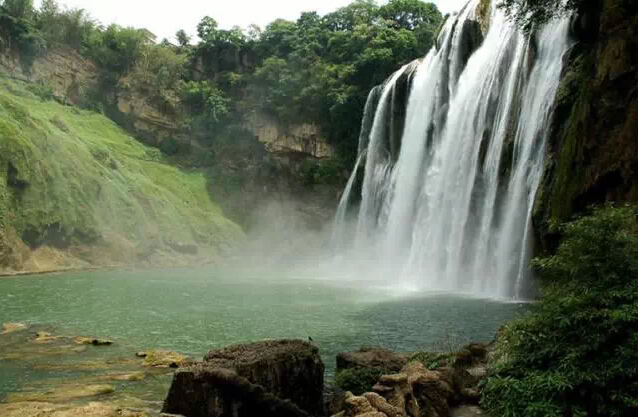
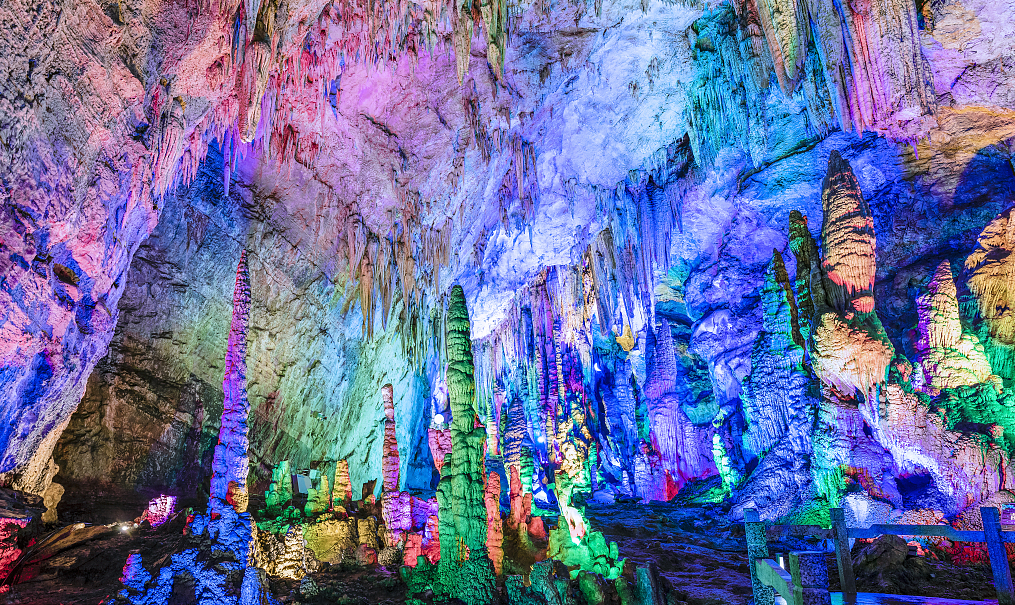
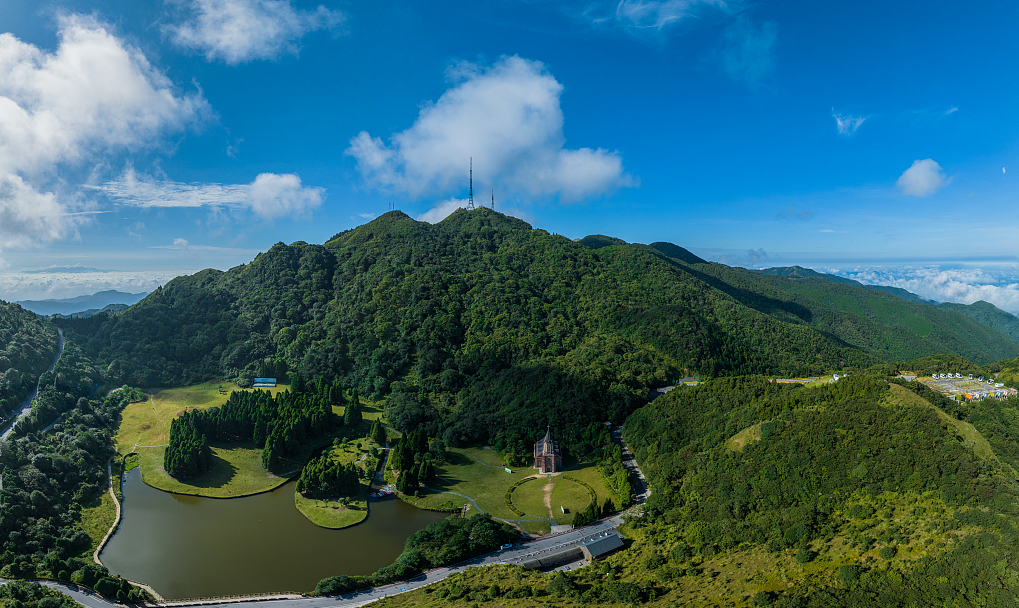
The full text of Xu Xiake's Travels is about 600,000 words, and the chapter describing Hechi is about 40,000 words.
In xu xiake's record, he had travelled have succeeded, Jin Chengjiang and south Dan, more complex deep relationship with hechi, and lunar month in 1638, xu xiake have succeeded in spent a whole month, 37 cave, more than 30 village, fort, temples and sights, before the longjiang from have succeeded in hebei, all the big rock hill, along the classic karst miracle. In Nandan, the karst landform is more wonderful, exquisite. The Hezhang Mountain, which entered Xu Xiake's vision, is a classic Nandan karst. It stands prominently at the junction of Guizhou and Guangxi, and hangs over the natural bridge. Its clear beauty is like a mirror of beauty.
Xu Xiake's footstep search trip has become another golden name card of Hechi Tourism after longevity leisure tourism, ecological tourism, Liu Sanjie folk customs tour and red tourism.
